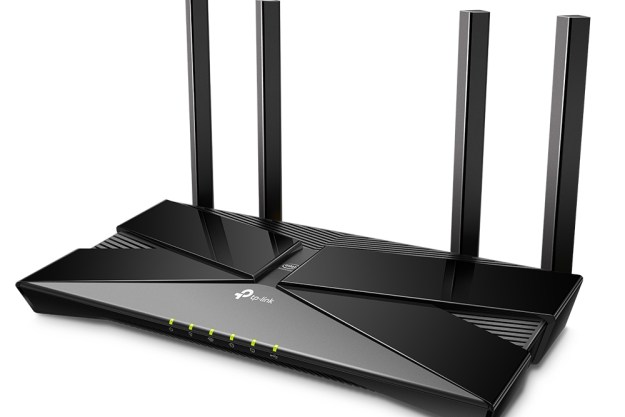
BenQ has added four new LCD monitors to its processional display series, with sizes ranging from 17 to 22 inches, dual input capability, and attractive prices: the biggest of the set, the 22-inch FP222W, comes in just under $500.
The 17-inch and 19-inch FP73GS and FP93GS are traditional-format displays offering 1,280 by 1,024 resolution, both D-Sub and DVI video inputs, 5 MS response times, 300 cd/m2 of brightness, and VESA wall mounting options. The 17-incher sports a 700:1 contrast ratio, while the 19-inch offers 800:1 contrast. Both models are available in black.
The 19-inch and 22-inch FP92W and FP222W offer wider resolutions (1,440 by 900 and 1,680 by 1,050 pixels, respectively) bother otherwise their specs should look familiar: respectable 5 ms response times, 300 cd/m2 of brightness, and both D-Sub and DVI inputs. The 19-inch model is available in either silver or black, while the 22-incher is only available in black. BenQ rolled out the 22-inch model in Europe back in September, but it’s only now making it to U.S. shores.
All four monitors feature BenQ’s Senseeye technology, which uses separate image processing systems to manage color, contrast, and sharpness; they’re also TCO ’03 certified for low energy consumption.
BenQ touts all the units as “Vista Basic compatible,” although we don’t believe they’d dissolve into a mound of outgassing plastics if you were to connect them to (say) a Vista Business system, and they’ll work with DVI-capable Macs just fine. All the displays are set to be available in mid-November. The 17-inch FP73GS carries a suggested price of $229; the 19-inch FP93GS will go for $289. For the widescreens, the 19-inch FP92W runs $269, while the FP222W will go for $499.
Editors' Recommendations
- The 6 best Apple Studio Display alternatives in 2024
- Edit Tweet feature is finally rolling out to Twitter Blue subscribers
- Alienware rolls out the first 480Hz laptop displays
- The best monitor for the MacBook Pro
- BenQ’s new 4K HDR projector is designed with gamers in mind


